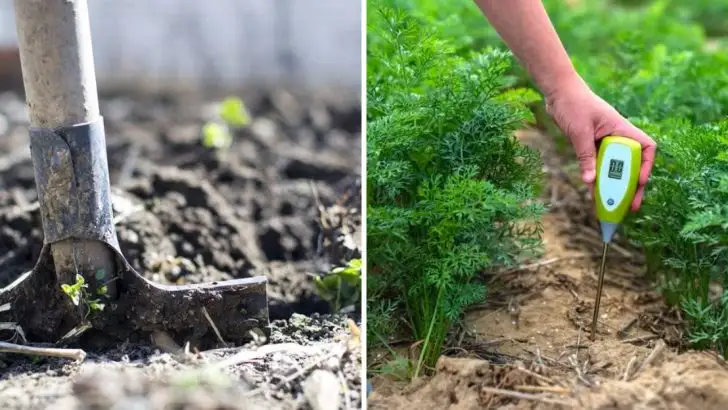It’s easy to assume your soil is doing fine as long as your plants aren’t turning yellow. But the truth is, soil health is a lot more complex—and the warning signs aren’t always that obvious. There’s a whole range of subtle clues that something’s off beneath the surface, and catching them early can make a big difference.
This isn’t just about nutrient levels or pH. Things like poor drainage, compacted earth, or even how your soil smells can tell you a lot. If your plants are growing slower than usual, wilting in odd spots, or just not thriving the way you expect, your soil might be trying to tell you something.
Compact Soil
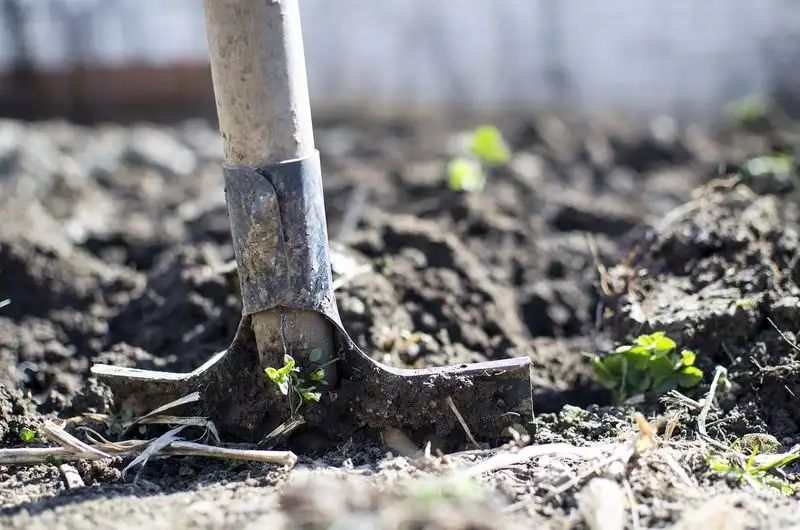
When soil becomes compacted, roots struggle to penetrate and access nutrients. You may notice water pooling on the surface instead of soaking in. Over time, compaction leads to poor aeration and decreased microbial activity. This can affect plant growth and health. Consider testing the soil by pushing a garden fork into it; if it resists, you might have compaction issues. To remedy this, try aerating the soil or adding organic matter to improve its structure. Regularly mulching can also help maintain soil moisture and prevent future compaction, allowing roots to breathe freely.
Fungal Growth

Fungal growth on the soil surface can indicate excess moisture and organic decay. While some fungi are beneficial, excessive growth might suggest poor drainage or overwatering. Watch for the appearance of mushrooms or mold. To manage this, improve drainage by incorporating sand or organic matter. Reducing water frequency can also help. Regularly turning the soil can expose fungi to air, reducing their growth. Remember, not all fungi are harmful; some are part of a healthy ecosystem. However, striking a balance is key to maintaining soil vitality without unwanted overgrowth.
Pest Invasion

An abundance of pests can signal unhealthy soil conditions. You might observe plants wilting or roots being eaten away. Common culprits include grubs, beetles, and ants. These pests can thrive in poor, compacted, or unbalanced soil. Enhancing organic content and encouraging beneficial insects can help control pest populations naturally. Introducing nematodes or applying diatomaceous earth are effective strategies for pest management. Ensuring proper drainage and avoiding over-fertilization also discourage pest proliferation. Creating a balanced ecosystem will support plant health and deter unwanted invaders from your garden.
Poor Drainage

Waterlogged soil is a clear sign of poor drainage. This condition can suffocate plant roots, causing decline in health. Look for constant puddles or overly wet soil days after rain. Improving drainage is essential; consider installing a French drain or creating raised beds. Amending the soil with compost or sand can enhance its texture. Ensuring that downspouts direct water away from garden beds also helps. Regularly checking and maintaining drainage will keep soil from becoming a waterlogged hazard, allowing plants to thrive in well-drained conditions.
Nutrient Deficiency
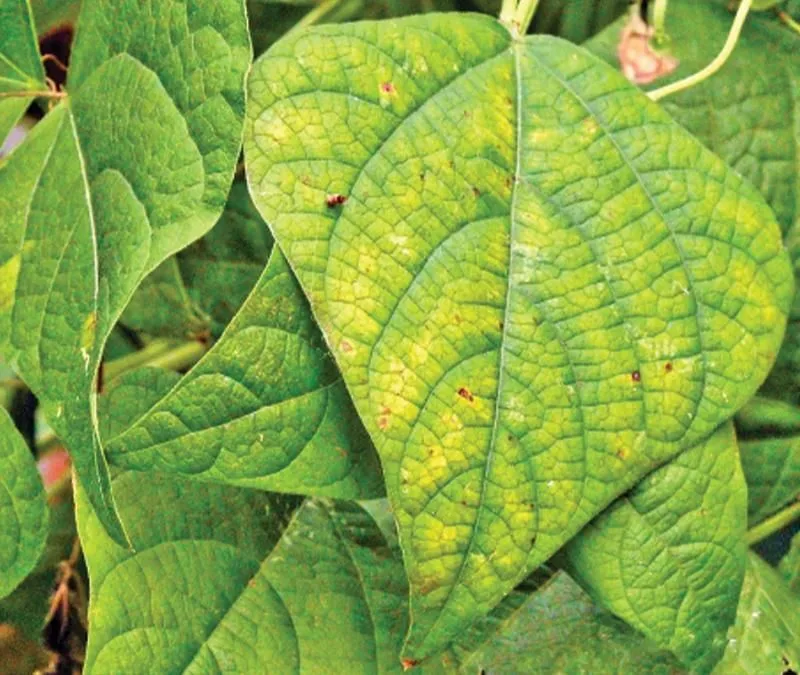
Plants showing stunted growth or pale leaves might be suffering from nutrient deficiencies. Essential nutrients like nitrogen, phosphorus, and potassium are vital for healthy plant development. Conduct a soil test to determine specific deficiencies. Once identified, you can amend the soil with appropriate fertilizers or natural compost. Mulching with organic materials can also enhance nutrient levels over time. Regular soil testing and mindful fertilization will ensure your plants receive the nutrients they need, promoting vigorous growth and vibrant foliage.
Soil Erosion
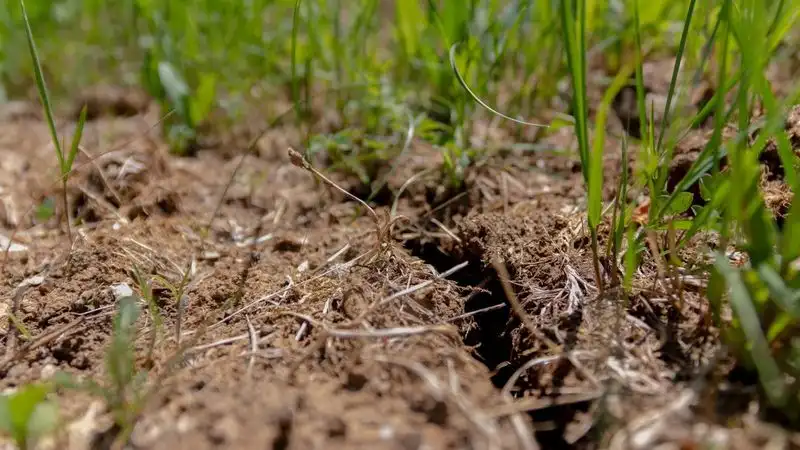
Soil erosion can lead to significant nutrient loss and destabilization of plant roots. It often results in uneven soil and exposed roots. Erosion can be caused by wind, rain, or improper irrigation practices. To combat erosion, consider planting ground covers or utilizing landscape fabric. Building terraces on slopes can also reduce runoff. Adding organic matter can improve soil cohesion. Maintaining a healthy ground cover and proper irrigation techniques will help secure the soil, preventing erosion and promoting a stable environment for plants.
Soil Salinity
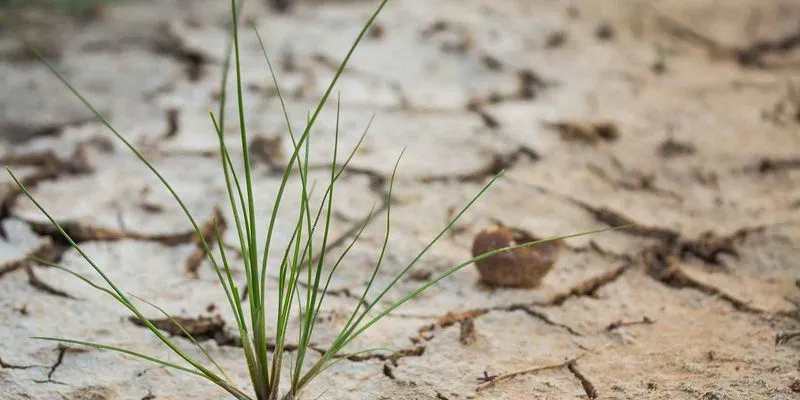
High salt levels in soil can hinder plant growth, leading to stunted development and wilting. You may notice a white crust on the soil’s surface. Salinity often results from over-irrigation with saline water or excessive fertilizer use. To reduce salinity, improve drainage and incorporate organic matter to dilute salt concentrations. Regularly flushing the soil with fresh water can also help. Planting salt-tolerant species can be a temporary solution. Monitoring irrigation practices and soil amendments will keep salinity levels in check, ensuring plant health and productivity.
Acidic or Alkaline Soil
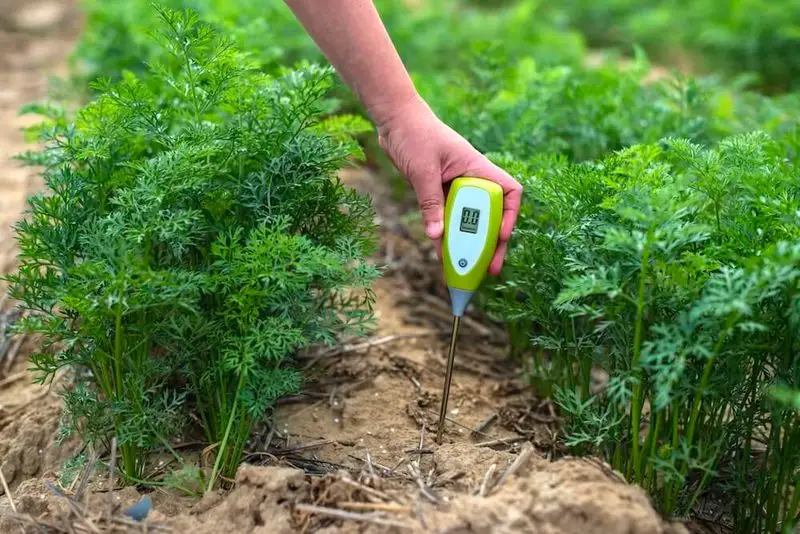
Soil pH affects nutrient availability and plant health. Extremes in pH can cause nutrient lockout, making it crucial to maintain a balanced pH. Use a pH test kit to determine your soil’s acidity or alkalinity. If the soil is too acidic, lime can be added. For alkaline soils, sulfur or organic compost may help. Understanding and adjusting soil pH is essential for optimal plant growth. Regular testing and amendments will ensure that soil conditions support a wide range of plant life, enhancing garden vitality.
Lack of Organic Matter
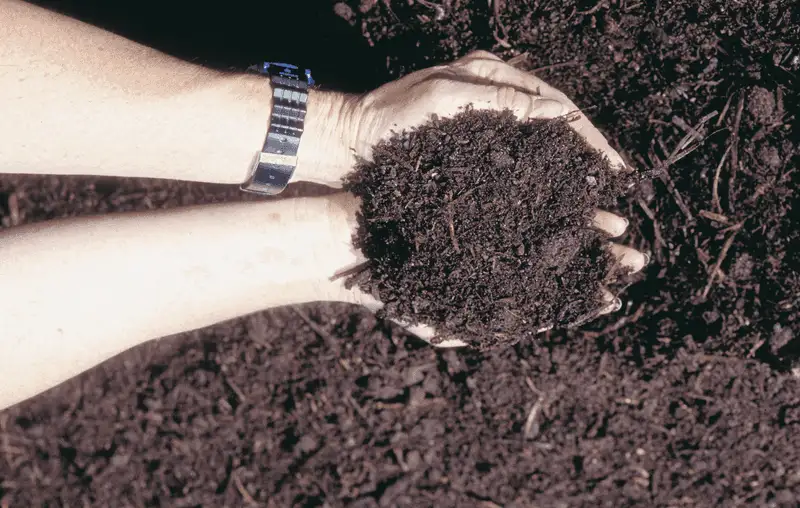
Organic matter is vital for soil health, affecting structure, moisture retention, and nutrient levels. A lack of it can result in dry, lifeless soil. Incorporating compost, manure, or leaf mold boosts organic content. These amendments improve soil texture and fertility. Regularly adding organic material supports microbial life, enhancing soil vitality. Establishing a composting routine will maintain organic matter levels, ensuring that soil remains rich and fertile. This practice not only benefits plant growth but also contributes to a sustainable garden ecosystem.
Soil Crusting
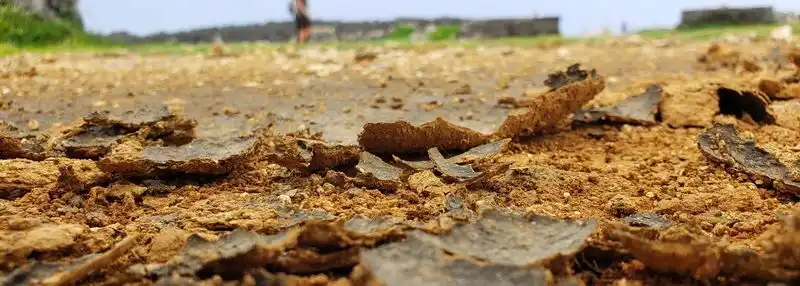
Soil crusting creates a hard surface layer, hindering water absorption and seedling growth. It often occurs in soils with low organic content. Crusted soil can appear smooth and hard, preventing seedlings from emerging. To alleviate crusting, incorporate organic matter and mulch regularly. Breaking up the surface gently with a rake can help water penetrate. Ensuring soil remains loose and well-aerated will prevent crust formation. Maintaining a balance of organic content and regular tilling will keep the soil welcoming for new growth and moisture retention.
Inconsistent Soil Color
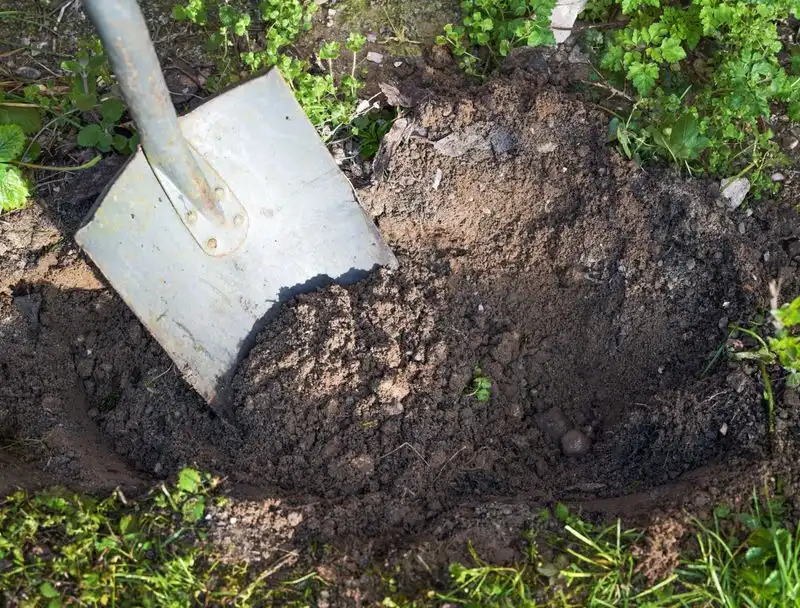
Patchy soil color can reveal underlying issues with moisture, nutrients, or pH. Darker areas may indicate higher organic content, while lighter patches could suggest poor fertility. This inconsistency can lead to uneven plant growth. Soil testing can identify specific needs for amendments. Balancing soil conditions through proper fertilization and organic additions will promote uniformity. Regularly monitoring soil color and texture helps in maintaining an even growing environment, ensuring all plants have access to the resources they need.
Unusual Plant Behavior
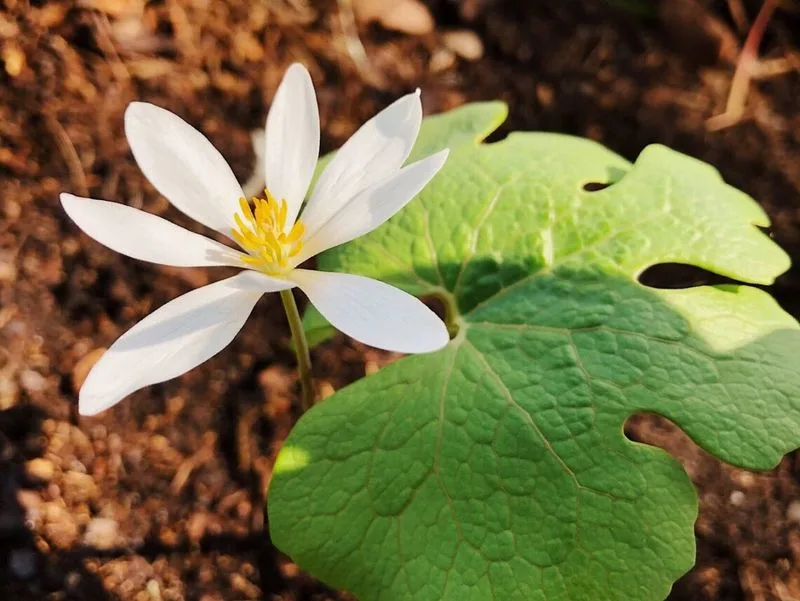
Plants acting out of character, such as curling leaves or odd growth patterns, can signal soil issues. These symptoms might arise from nutrient imbalances, pH extremes, or toxic substances. Observing plant behavior closely provides clues to underlying soil problems. Conduct soil tests to pinpoint issues and apply necessary amendments. Addressing these anomalies ensures plants have a suitable environment. Regular monitoring and adjusting of soil conditions will keep plant behavior normal, promoting healthy development and resilience.

